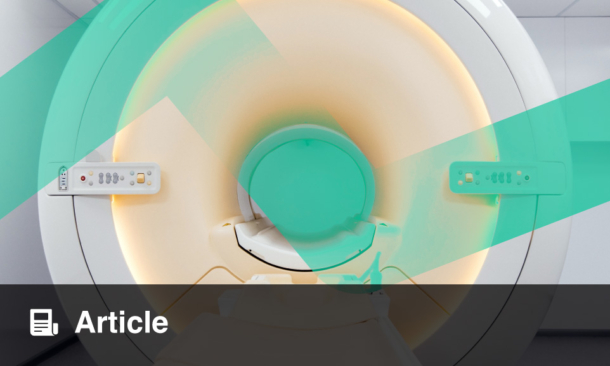A NEW study using electroencephalogram (EEG) signals has uncovered fundamental differences in brain connectivity among children with obstructive sleep apnea (OSA), potentially paving the way for improved diagnostic methods. Researchers analyzed EEG data from 3,673 pediatric patients, applying topological data analysis (TDA) techniques to compare brain activity between those with OSA and healthy controls.
The study categorized participants based on sleep oxygen desaturation levels and apnea-hypopnea index (AHI), key indicators of sleep apnea severity. Statistical testing of TDA-based EEG features revealed significant differences in neural connectivity during apnea and hypopnea events compared to healthy controls. Notably, differences were also observed in EEG signals recorded during awake periods before sleep, suggesting broader neurological impacts of OSA.
One of the most striking findings was the identification of significant changes in EEG signals even when no active oxygen desaturation event was occurring. This suggests that OSA may affect the central nervous system beyond the immediate episodes of disrupted breathing, reinforcing concerns about its long-term neurological consequences.
These insights highlight the potential of advanced EEG analysis in refining sleep apnea diagnostics. By detecting subtle alterations in brain activity, clinicians may be able to identify at-risk children earlier and intervene more effectively.
This study provides compelling evidence that OSA’s impact extends beyond sleep disturbances, affecting brain function even during wakefulness. As research progresses, leveraging TDA techniques for EEG interpretation could revolutionize how sleep disorders are diagnosed and managed in pediatric populations.
Reference: Sathyanarayana A et al. Topological Data Analysis Based Characteristics of Electroencephalogram Signals in Children With Sleep Apnea. J Sleep Res. 2025;e70017.
Anaya Malik | AMJ







